
Investigative Techniques
Updated Test of 24 LLMs for Geolocation
Bellingcat ran a series of geolocation challenges using two dozen popular AI platforms, with varying results.

Bellingcat ran a series of geolocation challenges using two dozen popular AI platforms, with varying results.
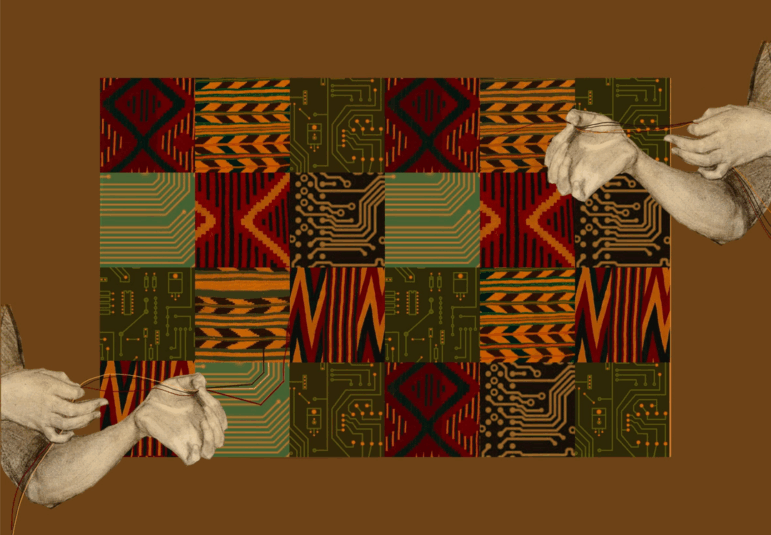
From the Philippines to the UK, a number of major newsrooms have created their own AI chatbots designed to respond using only that site’s trusted reporting archive and vetted databases as source material.

“Our priority was to reveal what the government was trying to hide,” says Zyma Islam about the work of her team in the weeks that changed her country.

The rise of conflict imagery on social media has provided open source researchers valuable material to identify explosive ordnance.

A cross-border investigation into Russia’s use of drones in Ukraine includes how drones are assembled despite sanctions, and cooperation with Tehran to produce UAVs on Russian soil.

At IRE24, investigative reporter Jeremy Jojola shared his practical advice on how to use ChatGPT for contact searches and quick document analysis.

Small amounts of failure in the open source field are inevitable, and somewhat expected. But they will also help you become a better open source analyst and investigator.

Poonam Agarwal explains how her reporting six years ago ultimately led to one of the biggest political fundraising scandals in a decade.

Digital investigations expert Craig Silverman offers a short guide to using digital ad libraries to dig through online influence efforts.

Lighthouse Reports journalists share how their cross-border collaboration investigated the deaths of 40 people in a fire at a migrant detention center.

There is a treasure trove of compelling visual evidence out there that is going unused by many watchdog journalists. Here’s how to find it.

How a fact-checking collective in India fought misinformation and deepfakes in that country’s recently concluded elections.

Rebecca Clarren’s investigative history grapples with her immigrant family’s success at the expense of their Indigenous neighbors.

Accessing information from isolated nations like North Korea is difficult. Cutting-edge AI tools now enable efficient analysis of foreign language video broadcasts.

The third cohort of GIJN’s online training in cyber and digital threats investigations has now completed, graduating journalists from more than 26 countries.

Photo editors and AI experts discuss the dangers of generative AI and other synthetic media to visual journalism — and what news organizations can do to reduce them.

The Pulitzer Center discusses how it has developed different methodologies to uncover environmental wrongdoing, adapted to the region, jurisdiction, and industry.

At a recent panel at the 2024 NICAR conference, Karrie Kehoe, deputy head of data and research at ICIJ, offered a series of tips for investigating the true owners of shell companies.

Experts agree that AI-driven audio deepfakes could pose a significant threat to democracy and fair elections in 2024.
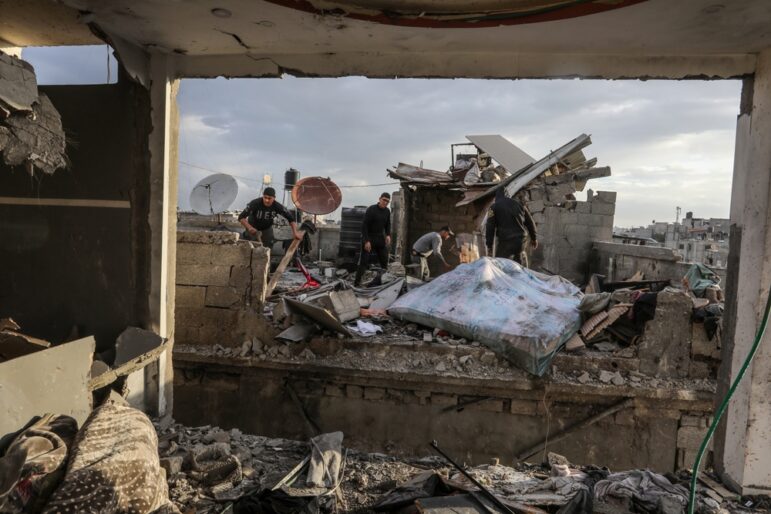
Open source experts are faced with torrents of graphic visuals. So how can journalists protect themselves against harm from incessantly viewing traumatic imagery?

A guide to some US government data sources that can help foreign and US journalists covering US wars, arms sales, and the impact of US foreign policy.

GIJN senior reporter Rowan Philip shares accumulated best practices from reporters around the world, on how to investigate culprits of war, human rights abuses, and other conflict.

Committing to a long-term investigation — also known as “greenlighting” — does not always involve a specific moment of decision. At IRE23, GIJN spoke with five veteran investigative editors to ask them what information they need before giving a project the the go-ahead.

For every human source who assists investigative journalists, there are dozens of officials, victims, and potential whistleblowers with vital information whom reporters never engage.

Based on an interview with Wayback Machine’s director, Mark Graham, ProPublica’s Craig Silverman shares more essential tips on using it, including how to bulk archive pages, compare changes, and see when elements of a page were archived.
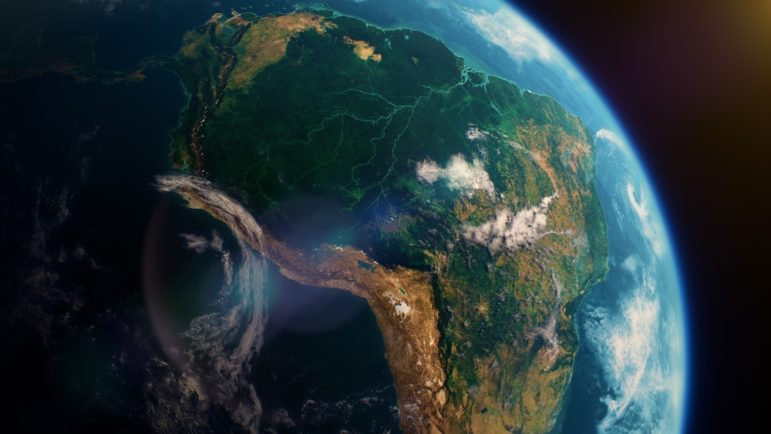
Satellite imagery provides information that can enhance the ability to write compelling narratives about the state of our planet, cutting across multiple beats. But such a tool tends to be complex and out of the reach for many journalists, so this guide offers a process that reporters interested in covering the climate crisis can use for story projects.
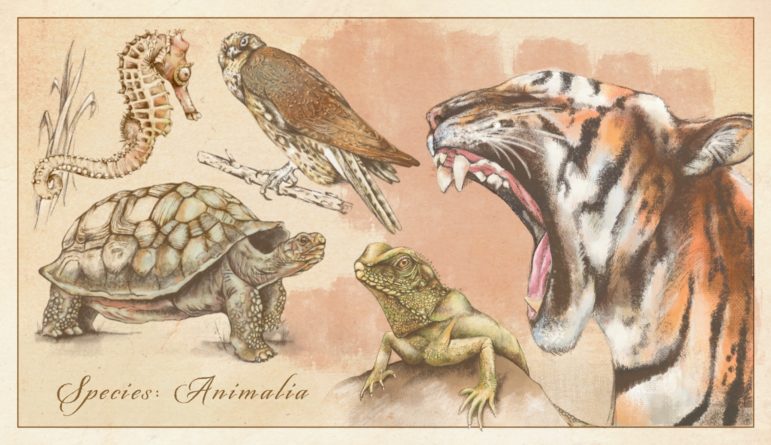
The illegal trafficking of wild animals and plants is damaging biodiversity worldwide and spreading diseases. It’s an international story, with great opportunities for investigations in virtually every country. GIJN’s new guide encourages deep reporting about the subject with tips and tools for covering a global trade.
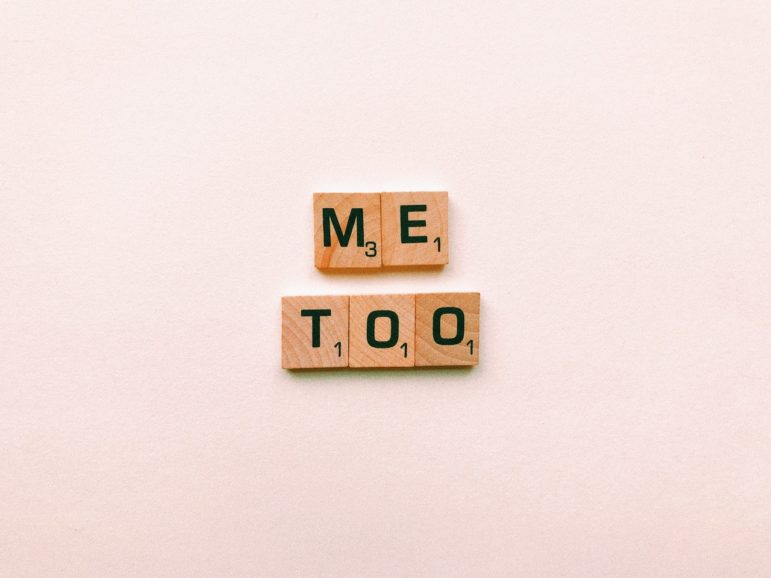
In a GIJN webinar three journalists who have experience reporting on the #MeToo movement and sexual abuse told reporters how to investigate an often-hidden crime. Among their tips are preparing interviewees for the process, investigating the story doggedly, and using alternative forms of evidence to verify your story. Read these and other tips for investigating sexual abuse allegations in GIJN’s latest tipsheet.